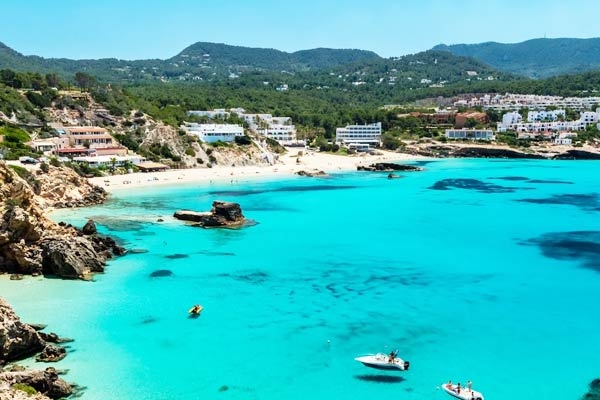
(Image source from: Canva.com)
The sunlit beaches of Spain attract travelers from all over the globe. However, a recent influx of dangerous sea creatures has led officials to close some well-known tourist areas in the nation. The stunning shores of Guardamar del Segura, situated in the southeastern part of Alicante (Costa Blanca), have been shut down because of the appearance of "blue dragons," scientifically referred to as Glaucus atlanticus. These tiny, shiny blue sea slugs may seem harmless, but their sting can inflict severe pain, nausea, and allergic responses. In a message posted on Facebook, the Guardamar police mentioned, "Because of the discovery of the blue dragon (Glaucus atlanticus), and for the safety of the public, we have prohibited swimming at all municipal beaches until further notice." They also added, "We encourage locals and tourists to follow these instructions, be cautious, and steer clear of any creatures that may wash up on the shore."
The mayor of Guardamar del Segura, Jose Luis Saez, called on the public to inform the authorities about any sightings of these dangerous blue dragon sea slugs and to refrain from touching them, even if they are wearing gloves. If someone is stung, he recommends rinsing the area with saline water and getting medical help. Named for its mythical likeness, the blue dragon is a small animal, about 3 centimeters (1.2 inches) in length. Even though it is small, it can deliver a strong sting, having consumed venomous creatures like the Portuguese man o' war and storing their venom. This enables it to immobilize animals much larger than itself. Blue dragons are relatively rare in the Mediterranean. They are mainly found in the warm and temperate waters of the Atlantic, Pacific, and Indian Oceans, where they drift with ocean currents and breezes. The Mediterranean coastline around Alicante is referred to as the Costa Blanca or White Coast. This favored 200-kilometer section of southeastern Spain's Mediterranean coast is renowned for its thriving tourism, varied beaches, and enjoyable weather.
The White Coast stretches between Denia in the north and Pilar de la Horadada in the south, featuring diverse scenery, including sandy beaches, bays, rocky cliffs, and mountains. Notable places along the Costa Blanca include the cities of Alicante, Benidorm, and Denia.







